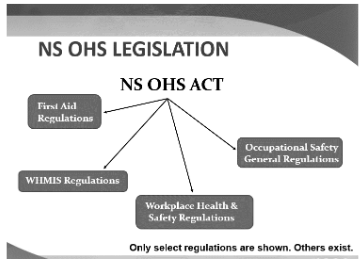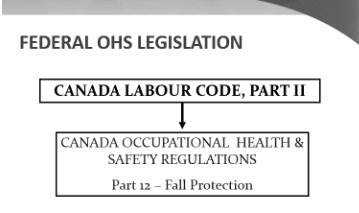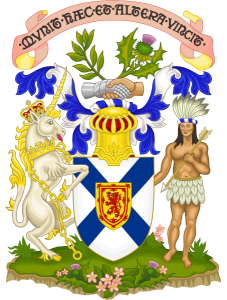3 Legislated Requirements


Nova Scotia Workplace Health & Safety Regulations[1]

In 1996, a “new” Act regarding Occupational Health and Safety was brought into effect to create safer and healthier workplaces. The 1996 version is a major step toward reducing accidents and illnesses in the workplaces because it provides rights and responsibilities for employees, employers and others in the workplace.The new Act goes further than its predecessor because it provides for minimum standards on the policies and procedures that must be in place in a workplace. In Nova Scotia, the Department of Labour & Advanced Education has jurisdiction over enforcement the Occupational Health and Safety Act.
The NS Act applies to:
- every agency of the Government of the Province; and
- all matters within the legislative jurisdiction of the Province.
Federally Regulated Workplaces
Some workplaces are covered by federal health and safety laws under the Canada Labour Code.Part II of the Canada Labour Code, which is maintained and enforced under the jurisdiction of Labour Program, is intended to make all workplaces safe.
Jobs that take place in the following workplaces are covered by the Canada Labour Code, Part II, and its regulations.
| Airlines | Feed Millsand Grain Elevators |
| Airports | Pipelines |
| Atomic Energy Facility Branch | Most Railways |
| Bus Companies (if transport out of Province) | Radio Stations |
| Cable Companies | Shipping Companies |
| Courier Companies (if transport out of Province) | Telephone Companies |
| Trucking Companies (if transport out of Province) | Television Station |
| Federal Government Departments | Crown Corporations, Agencies |
- Government of Nova Scotia. (2022). Workplace Health and Safety Regulations N.S. Reg. 52/2013 amended to N.S. Reg. 143/2014 Effective June 13, 2022, these regulations are amended by N.S. Reg. 43/2022. ↵
